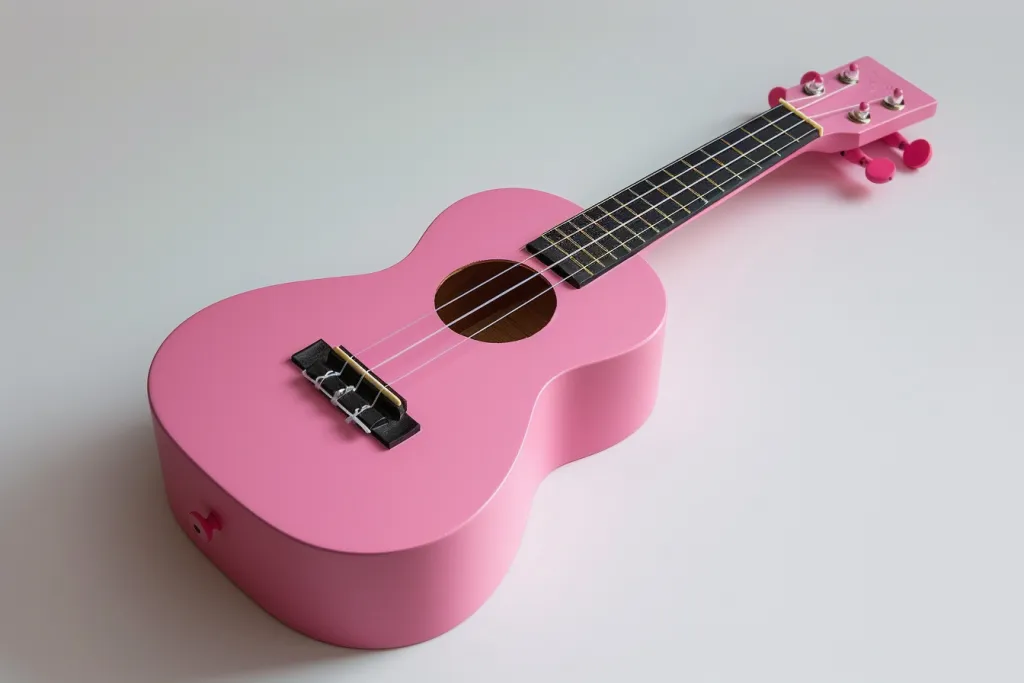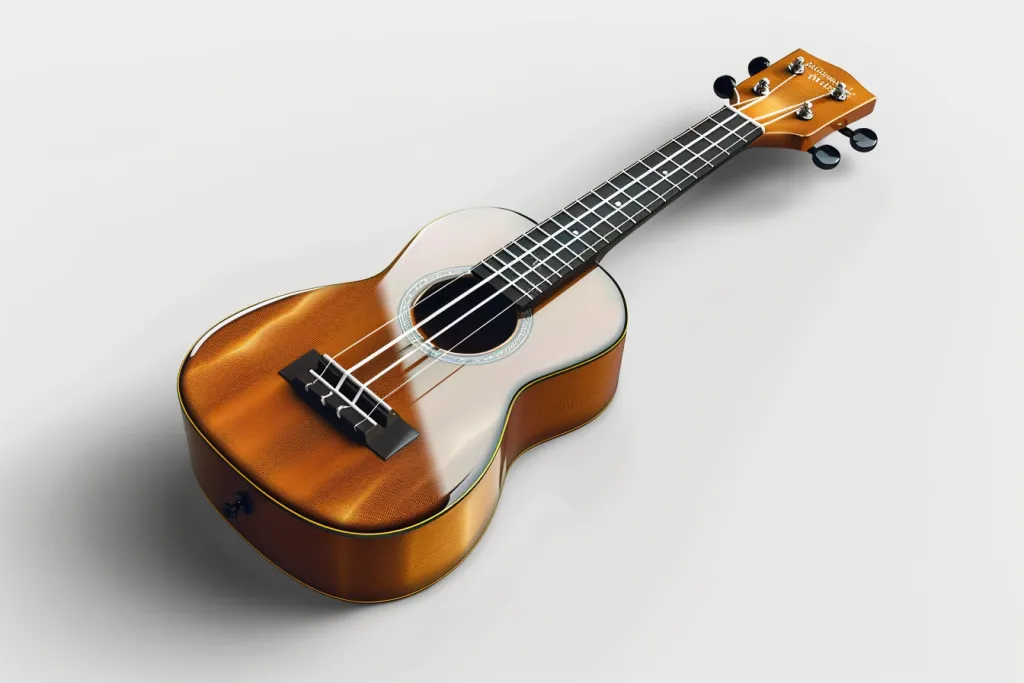The ukulele, with its gentle, harmonious sound, has captivated hearts worldwide, inviting musicians and enthusiasts into its simple yet profound world of music. This guide aims to explore the essence of the ukulele, covering its history, types, how to choose the right one, maintenance tips, and how to get started with playing. Whether you’re a seasoned musician looking to add a ukulele to your repertoire or a beginner eager to embark on your musical journey, this article promises to equip you with the knowledge you need.
Table of Contents:
– The history and evolution of the ukulele
– Different types of ukuleles and how to choose
– Key factors to consider when buying a ukulele
– Maintenance tips for your ukulele
– Getting started with playing the ukulele
The history and evolution of the ukulele

The ukulele, often associated with Hawaiian music, actually originates from Portugal. Introduced to the Hawaiian Islands in the late 19th century by Portuguese immigrants, the ukulele quickly became a staple in Hawaiian music culture. Its name, loosely translated as “jumping flea” in Hawaiian, reflects the lively movement of a player’s fingers across the fretboard. Over the years, the ukulele has evolved from a novelty instrument to a mainstream staple in music genres worldwide, showcasing its versatility and enduring appeal.
The instrument’s construction has seen various innovations, from the types of wood used to the addition of electric pickups in some models. These developments have expanded the ukulele’s sonic capabilities, allowing it to adapt to a wide range of musical styles. Despite these changes, the ukulele has retained its iconic, soothing sound, a testament to its resilience and timeless charm.
Understanding the ukulele’s rich history is crucial for appreciating its place in the world of music today. The instrument’s journey from a Hawaiian novelty to a global phenomenon underscores its universal appeal and adaptability, inviting musicians of all levels to explore its potential.
Different types of ukuleles and how to choose

Ukuleles come in four main sizes: soprano, concert, tenor, and baritone. Each size offers a distinct sound and playing experience, catering to different musical preferences and styles. The soprano, known for its bright, light sound, is the smallest and most traditional size. The concert ukulele offers a slightly fuller tone and more playing room, making it a popular choice for beginners and intermediate players.
The tenor ukulele provides a deeper, richer sound, appealing to musicians looking for volume and resonance. Lastly, the baritone ukulele, with its low, guitar-like tuning, offers a unique sonic experience, bridging the gap between the ukulele and the acoustic guitar. When choosing a ukulele, consider the sound you’re aiming for, the size that feels comfortable in your hands, and, of course, your budget.
Besides size, materials play a crucial role in shaping the instrument’s sound. Traditional ukuleles are made from Hawaiian koa wood, known for its warm, mellow tone. However, manufacturers now use a variety of woods, including mahogany, spruce, and maple, each contributing its unique characteristics to the ukulele’s sound. Experimenting with different types and sizes will help you find the ukulele that resonates with you, both literally and figuratively.
Key factors to consider when buying a ukulele

Purchasing a ukulele can be as simple or as complex as you make it, but a few key considerations can help guide your decision. First, think about the purpose of your ukulele. Are you looking for a travel-friendly instrument, or are you aiming to perform professionally? This will influence the size and type of ukulele you choose.
Secondly, consider the construction and materials of the ukulele. Solid wood ukuleles typically offer superior sound quality compared to laminate or plastic models, reflecting in their price. However, for beginners or those on a tight budget, a well-made laminate ukulele can still provide a satisfying playing experience.
Lastly, don’t overlook the importance of playability. A ukulele that feels comfortable in your hands, with smooth action and a neck that suits your grip, will make learning and playing more enjoyable. Visiting a music store to try out different ukuleles can be invaluable in finding the right fit for you.
Maintenance tips for your ukulele

Like any musical instrument, a ukulele requires regular maintenance to keep it sounding its best. Protecting your ukulele from extreme temperatures and humidity changes is crucial, as wood can warp or crack under stressful conditions. Using a humidifier in dry environments can help prevent damage, extending the life of your instrument.
Cleaning your ukulele regularly with a soft, dry cloth can also preserve its appearance and functionality. Be gentle with the strings and hardware, and consider changing the strings every few months, depending on how often you play. Regular maintenance not only keeps your ukulele in top condition but also deepens your connection to the instrument, enhancing your playing experience.
Getting started with playing the ukulele

Embarking on your ukulele journey can be both exciting and overwhelming. Start by familiarizing yourself with the instrument, learning the names of the parts, and how to tune it. Online tutorials, ukulele apps, and instructional books can provide valuable guidance for beginners.
Begin with simple chords and strumming patterns, gradually building your repertoire and skills. Practice regularly, but be patient with yourself; progress takes time and perseverance. Joining a ukulele group or online community can offer support, inspiration, and opportunities to share your musical journey with others.
Conclusion:
The ukulele stands out as a versatile, accessible instrument that brings joy and music into the lives of players worldwide. From understanding its history and types to choosing the right one and maintaining it, this guide aims to provide a comprehensive overview for anyone looking to explore the world of ukuleles. Whether you’re a beginner or an experienced musician, the ukulele offers endless possibilities for creativity and expression. Embrace the journey, and let the ukulele’s sweet sounds inspire your musical adventure.




